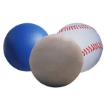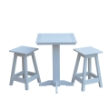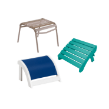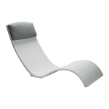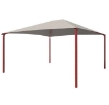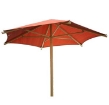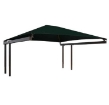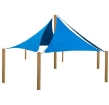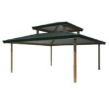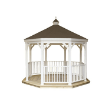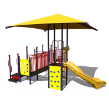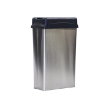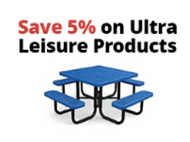Unlock the secrets to effective concrete bollard installation with our comprehensive guide! From initial site evaluation to ensuring proper curing, mastering these best practices is essential for creating sturdy, secure barriers that stand the test of time. Read on to discover the step-by-step process that guarantees your concrete bollards deliver optimal stability and safety for your property!
Maximize your community's cycling potential by understanding the critical role of spacing and layout in bike rack installations! Our article delves into how thoughtful placement can enhance accessibility, safety, and user experience while optimizing parking capacity. Discover the best practices for creating an efficient bike parking system that meets the needs of cyclists in your area!
Enhance your property’s cycling appeal by ensuring your bike racks are accessible to all users! Our article provides essential best practices for commercial bike rack installation, focusing on ADA compliance and effective design strategies. Discover how to create an inviting and functional bike parking experience that meets the needs of every cyclist in your community!
Is your commercial bike rack showing signs of wear and tear? Understanding when to replace or refurbish your bike racks is crucial for maintaining safety and aesthetic appeal in your space. Read on to discover key indicators of damage and learn how to extend the life of your bike racks while ensuring they continue to meet the needs of cyclists!
Transform your public parks into inviting spaces by ensuring your park benches are installed with maximum comfort and accessibility in mind. From the initial planning stages to final placement, following best practices guarantees that these benches will serve your community effectively for years to come. Discover the essential considerations for creating welcoming and durable seating that caters to residents of all ages and abilities!
Maximize the lifespan and effectiveness of your concrete bollards with essential maintenance and protection tips! Proper care and protective measures can ensure that these sturdy barriers remain resilient against wear and tear for decades. Dive into our guide to discover how to keep your concrete bollards in optimal condition and enhance their durability today!
Ensure your bike racks remain safe and functional with our essential maintenance tips! Regular care not only extends the lifespan of these vital structures but also enhances the overall user experience for cyclists. Read our article to discover simple yet effective strategies for keeping your bike racks in top-notch condition!
Transform your existing spaces into cyclist-friendly zones with our practical guide on retrofitting bike racks! Discover the numerous benefits of adding secure bike parking and learn how to plan effectively for a successful installation. Don’t miss out—read on to unlock the potential of your location and enhance accessibility for all cyclists!
Unlock the potential of your commercial property by exploring the various types of bike racks available! Providing secure and convenient bike parking not only promotes sustainability but also encourages healthier lifestyles among your employees and customers. Read on to discover the best options for creating a bike-friendly environment and learn about the essential features to consider for your investment!
Join the movement toward sustainable urban transport by discovering the crucial role of bike racks in transforming our cities! By providing convenient and secure parking for cyclists, cities can significantly reduce traffic congestion and lower CO2 emissions. Dive into our article to learn how bike racks not only promote cycling but also foster a healthier, greener environment for everyone!

















